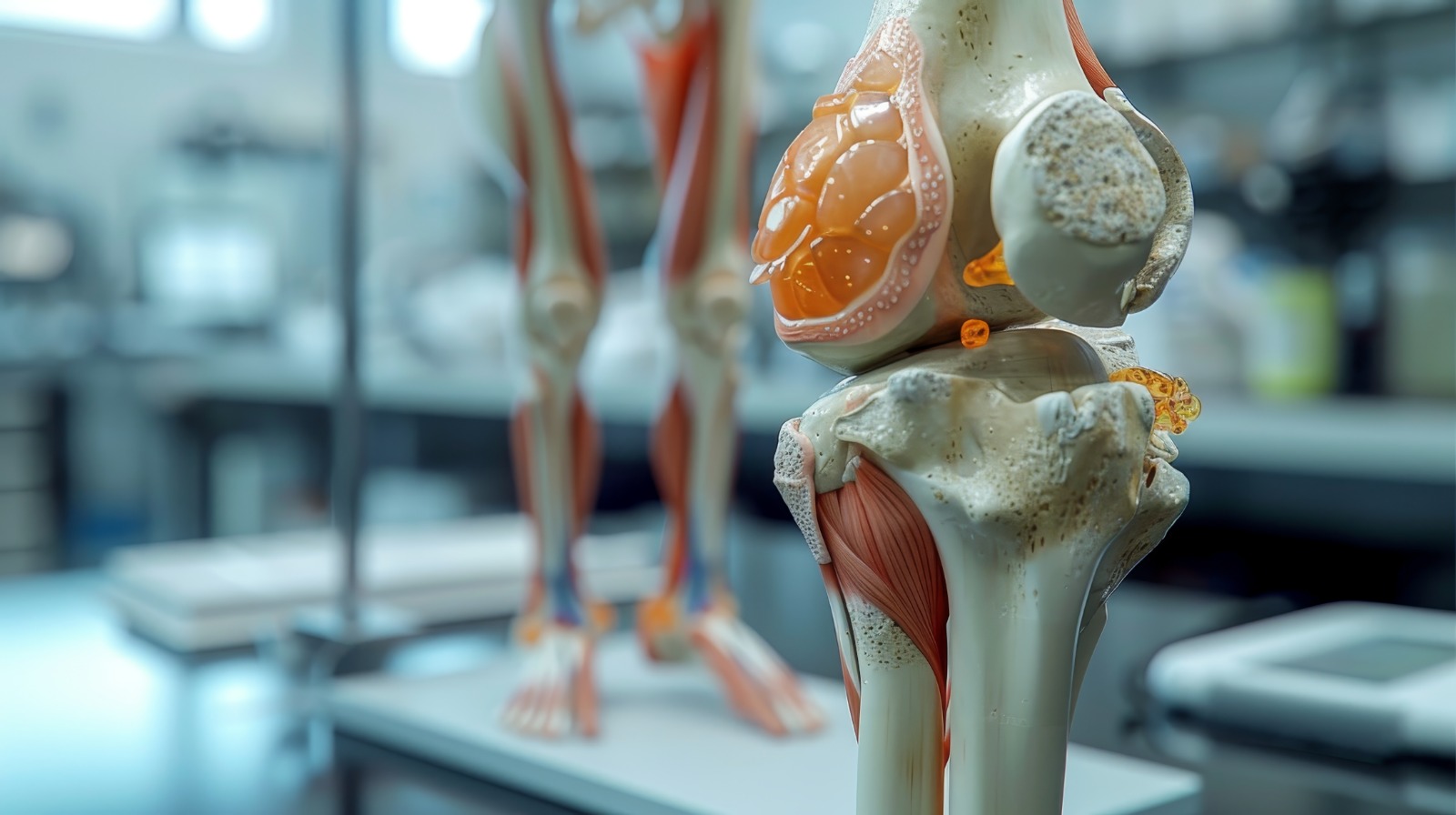
New findings from Italy against Hurler syndrome
New important medical discoveries to combat Hurler syndrome
What is Hurler syndrome
One of the rarest diseases that can occur in children is Hurler syndrome, technically known as “mucopolysaccharidosis type 1H“. This rare disease affects 1 child in every 100,000 new births. It involves the lack of a particular enzyme responsible for degrading specific sugars, glycosaminoglycans. The accumulation of these sugars causes cellular damage, compromising the growth and psycho-cognitive development of children.
Unfortunately, the outcome is nefarious, and death can occur as early as adolescence, particularly due to cardiac or respiratory complications.
A new medical landscape
Already in 2021, research from the San Raffaele Telethon Institute for Gene Therapy had shown promising results. This practice involves providing a corrected version of the genetic information necessary to produce the missing enzyme.
The particularity of the therapy lies in using, in the process of modifying the patient’s hematopoietic stem cells, some vectors derived from HIV, the virus responsible for AIDS. It should be noted that increasingly, small portions of the original sequence are being used in the field of gene therapy for rare diseases.
A new study published in the journal JCI Insight, conducted by international researchers under the guidance of Sapienza University of Rome and the Tettamanti Foundation of Monza, with contributions from the Irccs San Gerardo dei Tintori Foundation of Monza and the University of Milano-Bicocca, has allowed the laboratory creation of an organoid of bone, a simplified and three-dimensional version of the tissue that forms bones and cartilage in the human body.
This will shed new light on Hurler syndrome.
Interviewed by Ansa, Doctors Serafini and Riminucci, co-authors of the study with Samantha Donsante of Sapienza and Alice Pievani of the Tettamanti Foundation as lead signatories, stated that the creation of this organoid will not only open new doors to address Hurler syndrome but also deepen research toward the treatment of other serious genetic diseases.
Sources


